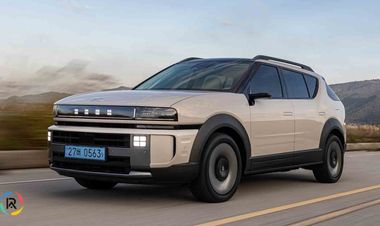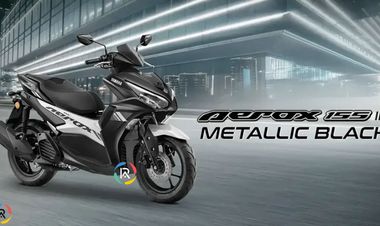Munich, Germany-Infineon Technologies has unveiled the PSoC 4 High Voltage Precision Analog (HVPA)-144K microcontroller, Designed for automotive battery management, it ensures compact, safe, and efficient monitoring of 12 V lead-acid batteries in vehicles.
It integrated with dual high-resolution sigma-delta ADCs and four digital filtering channels for precise measurement of battery state-of-charge and state-of-health, with ±0.1% accuracy. It integrates with two programmable gain amplifiers with automatic gain control, enabling autonomous analog front-end control. The use of shunt-based current sensing for batteries provides a higher accuracy than conventional Hall sensors.
The PSoC 4 HVPA-144K has a built-in 12 V LDO (42 V tolerant) for direct power from the lead-acid battery, eliminating external supply needs. It also features an integrated transceiver for LIN bus communication and meets ASIL-C functional safety requirements as per ISO26262. It features an Arm Cortex-M0+ MCU running at 48 MHz, with 128 KB code flash, 8 KB data flash, and 8 KB ECC-protected SRAM. It includes four timers/PWMs and a versatile serial communication block configurable as I2C/SPI/UART. Also integrated with automotive-grade software, including Infineon's Automotive Peripheral Driver Library and Safety Library. These libraries adhere to automotive industry standards, including A-SPICE, MISRA 2012 AMD1, CERT C, and ISO26262 compliance for safety-critical applications.
With the introduction of the PSoC 4 HVPA-144K, Infineon is laying the foundation to expand its PSoC microcontroller portfolio to include Li-ion battery management systems for EVs. The portfolio will soon include several products for monitoring and managing high voltage (400 V and above) and low voltage (12 V/48 V) batteries, further facilitating future EV adoption.Top of Form







